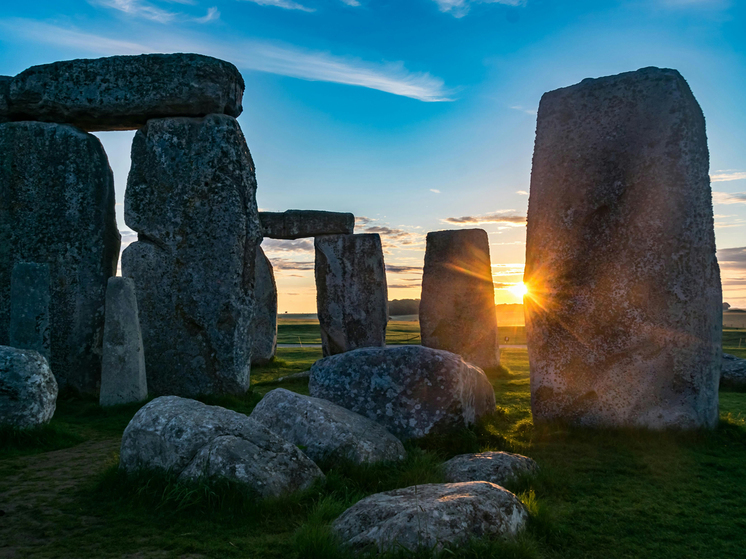Archaeologists and astronomers will pay attention to the little-known interaction of Stonehenge with the Moon
A project has been launched at Stonehenge aimed at exploring the connections that may exist between the UNESCO World Heritage site and the Moon during a rare lunar events.
 Photo: unsplash.com
Photo: unsplash.com
In January 2025 there will be a “big lunar stop”, which occurs once every 18 .6 years when the rising and setting of the Moon reach their farthest points on the horizon.
This phenomenon will give archaeologists, astronomers and archaeoastronomers a rare opportunity to study theories surrounding this event and the ancient priestesses of Stonehenge. The fact is that some experts believe that the people who built the monument were aware of this phenomenon and buried their dead in a certain part of the megalithic monument due to its connection with the Moon.
They also believe that four The «station stones», forming a rectangle, two of which are still standing, were installed to mark the main station of the Moon.
English Heritage plans to broadcast live the southernmost moonrise and host a number of events throughout the season leading up to the «big lunar stop».
Archaeoastronomy professor Clive Ruggles noted that the location monument on the days of the summer and winter solstice left no doubt about its significance for the builders of Stonehenge.
“But what is much less clear to us is whether there is any physical connection between the monument and the Moon,” — he explains.
During the early stages of Stonehenge's construction, between approximately 3000 and 2500 BC, people buried the cremated remains of the dead and placed offerings in the ditch and banks of the Henge, as well as in the so-called Aubrey Pits — 56 recesses that originally contained vertical wooden posts. Many of these cremation sites were concentrated in the southeast of the site, which generally corresponded to the position of the rising Moon in the south. The station stones were set about the same time as the large sarsen stones, for they were brought from the same place from West Woods to Marlborough.
Ruggles says: “The station stones are arranged according to the outermost positions of the Moon, and researchers have debated for years whether this was done intentionally, and if so, how it was achieved and what its purpose might have been.»
He noted that it would not be surprising , if ancient people really paid attention to the Moon.
“People have known about the phase cycle of the Moon for tens of thousands of years. I think that may have been the case at Stonehenge, and that's what we're interested in exploring, — Around the time of the great stagnation, people noticed the moon rising or setting unusually far to the north or south, realized it was something special, and began to venerate and eventually monumentalize the place. You can imagine how the elders reminisced about the time they saw the moon in the sacred direction, and then, a generation later, watched it again in awe,” — concluded the professor of archaeoastronomy.
Archaeologist Amanda Chadburn emphasized that “it will be extremely important to observe this relationship with our own eyes in 2024 and 2025. Tracking Moon extremes — not an easy task that requires certain time and weather conditions. We want to understand at least a little what it’s like — experience these incredible moonrises and moonsets and observe their visual effects on the stones, such as the play of light and shadow.»






















































Свежие комментарии